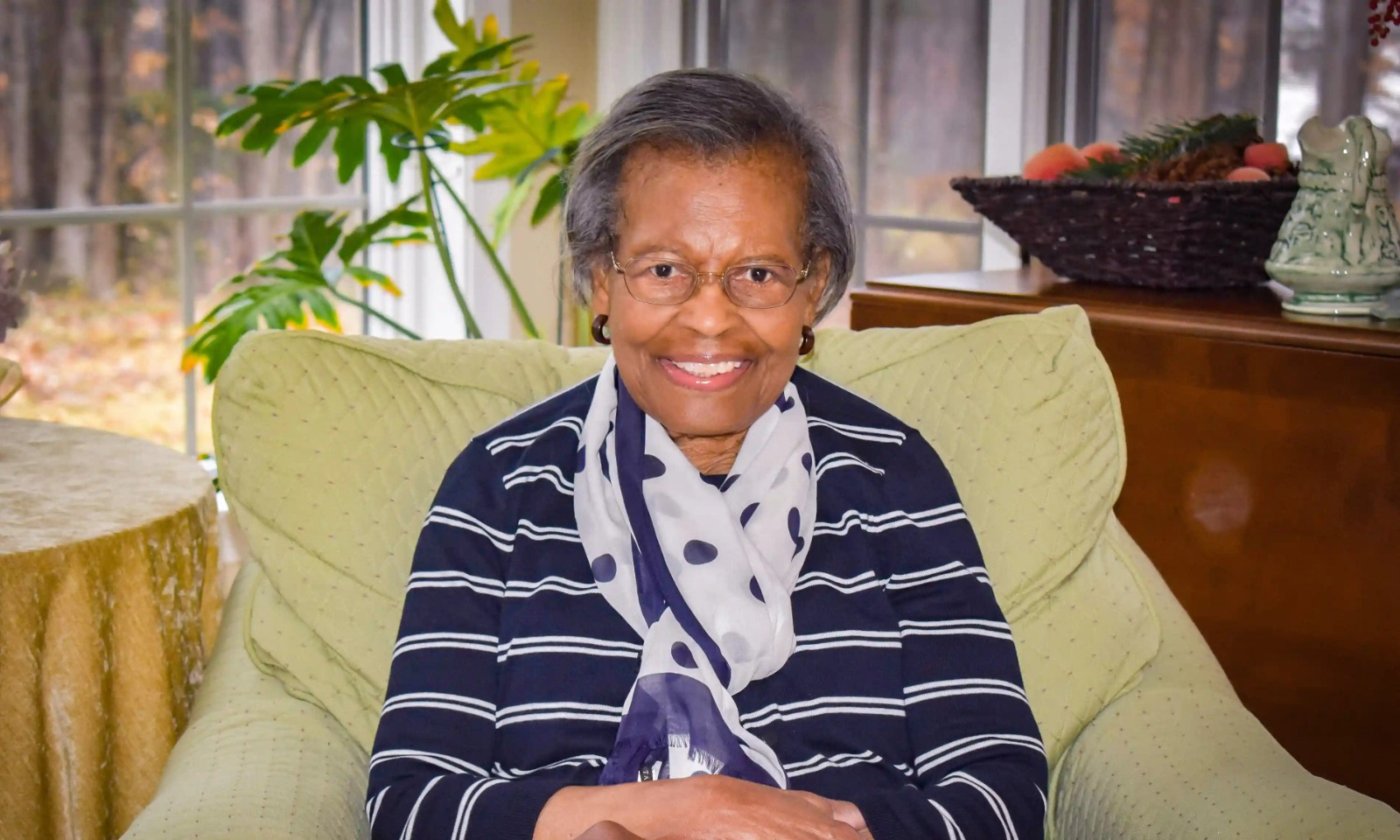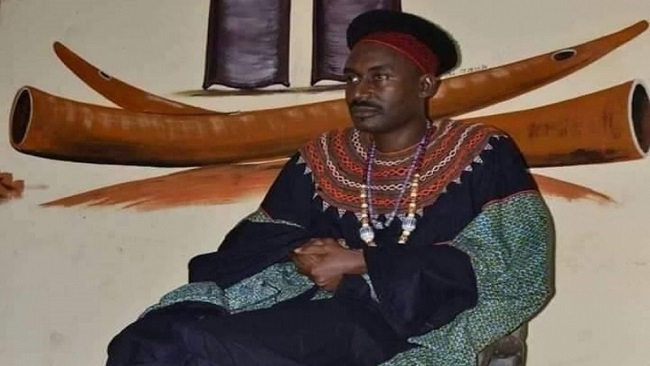Meet Dr. Gladys West, the black woman who invented the GPS
By Hans Ngala It is not often that scientists of African descent get any credit for inventions. One of the Black scientists of our time is Dr. Gladys West, credited with inventing the global positioning system (GPS), was born in 1930 in Dinwiddie County, Virginia, USA. Growing up at a time of enforced racial segregation …

By Hans Ngala
It is not often that scientists of African descent get any credit for inventions. One of the Black scientists of our time is Dr. Gladys West, credited with inventing the global positioning system (GPS), was born in 1930 in Dinwiddie County, Virginia, USA.
Growing up at a time of enforced racial segregation in the US meant that the little Gladys had a tough upbringing in a family with a dozen other siblings, living on a farm as sharecroppers.
She understood that education (and hard work in attaining it) was her only way out of poverty, eventually studying and graduating from Virginia State College (now Virginia State University).
In the early 1960s, Gladys West took part in an award-winning study that proved the regularity of Pluto’s motion relative to Neptune. In 1979, she received a commendation for her hard work from her departmental head at the naval base where she was stationed. She then became project manager for the Seasat radar altimetry project; Seasat was the first satellite that could monitor the oceans. She oversaw a team of five people and programmed an IBM 7030 Stretch computer, which was significantly faster than other machines at the time, to provide calculations for an accurate geodetic Earth model. This detailed mathematical model of the shape of the Earth was a building block for what would become the GPS orbit.
A relentless hard worker, she went to classes in the evening after work at the naval base and gained another master’s degree in public administration, this time from the University of Oklahoma.
Here are some interesting facts about the unsung hero behind our modern GPS:
She graduated top of her class
Gladys understood from a very young age that her only way out of poverty was to get a solid education. She worked very hard in high school and when it was announced that the best student at her school would receive a scholarship to study at Virginia State College (which later became Virginia State University), the young Gladys focused all her attention on her studies, eventually becoming the best student and getting a scholarship to study at Virginia State.
She chose to study mathematics – a subject that was dominated by men and showed her prowess in this field by cracking several codes.
Had to babysit to pay for her university expenses
While she had a scholarship that covered her tuition fees, she had to find a way to get her living expenses. She was offered a job by a friend as a babysitter. This babysitting job helped her pay for her living expenses at university. She did this during her free time and studied later on.
She only got her PhD at age 70
In 1998 at the age of 68, she enrolled for a PhD programme which she got in the year 2000 at the age of 70, several decades after she earned her master’s degrees and working at the naval base for over 40 years. Her PhD dissertation was not in mathematics but this time in public administration and policy affairs.
She supports the Black Lives Matter movement
Having grown up in a racially divided America, West proactively supports the Black Lives Matter movement and hopes that the calls for equality on the streets of America can translate to actually supporting more women and black people in science and mathematics.
Doesn’t use the GPS herself
Although she invented the GPS which is widely used in modern technology on planes, apps such as Uber and Bolt, Google Maps etc, Dr. West does not use the GPS herself and prefers to use actual paper maps like was done back in the day. She says: “I’m a doer, hands-on kind of person. If I can see the road and see where it turns and see where it went, I am more sure.”

 admin3
admin3 














